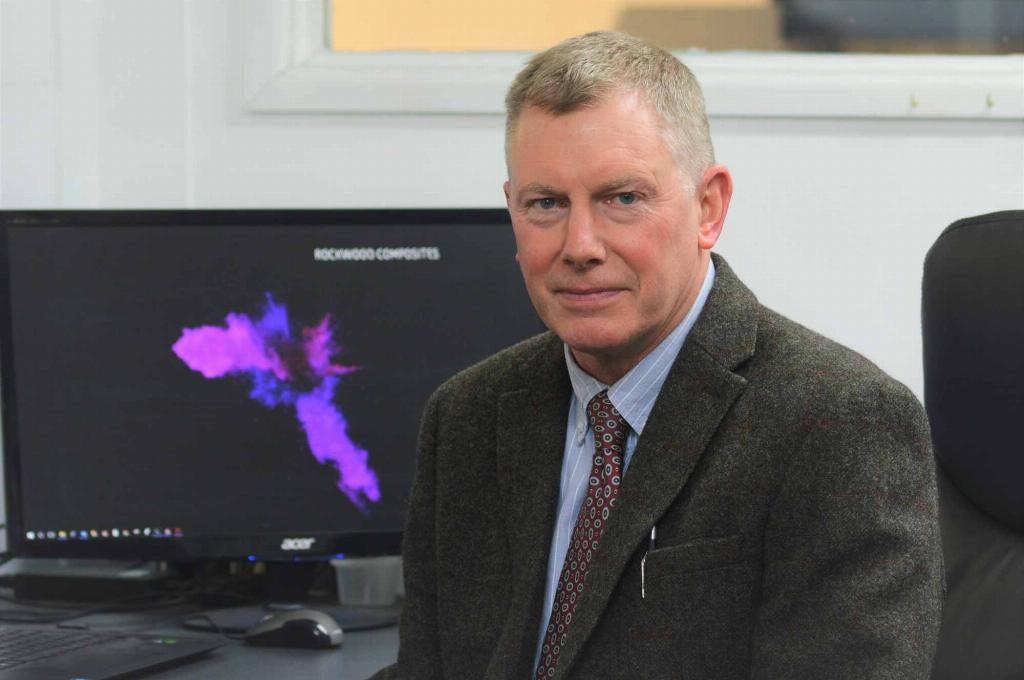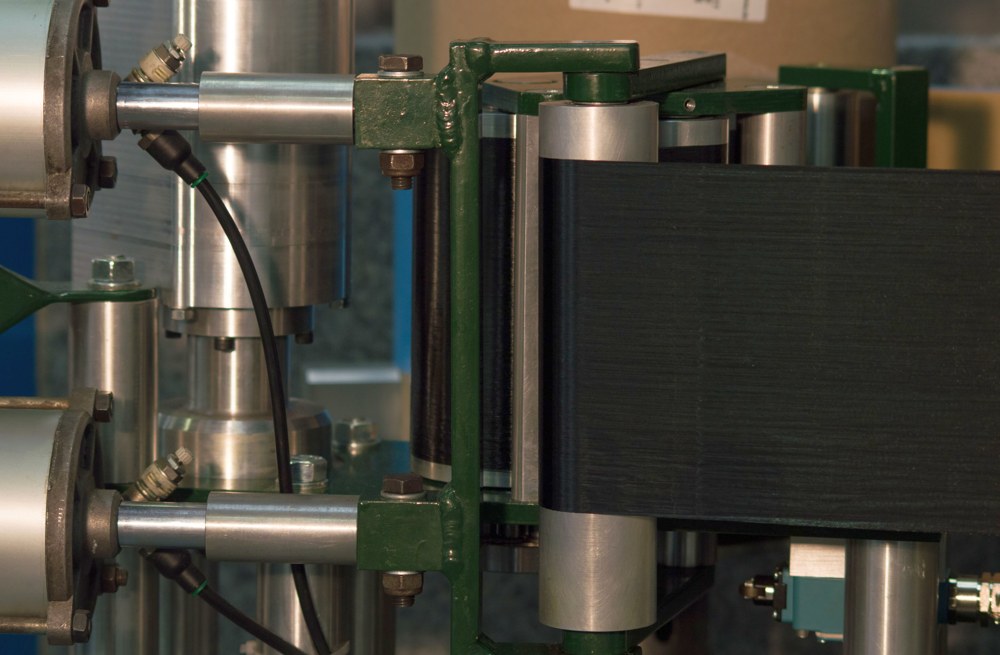Going to extremes!

The ability of composites to operate effectively under very high and very low temperature conditions is well documented and the capabilities to deliver these products can be found throughout the UK supply chain.
But one Devon-based company is taking this to extremes – manufacturing components which can handle temperatures as low as -269°C – that’s just four degrees higher than absolute zero – through to 600°C.
Rockwood Composites in Newton Abbot has capability in producing components which need to function effectively at extremely low temperatures of cryogenic suspension systems of MRI scanners, and also extremely high temperatures at the rear end of missiles or rockets.
Composites have been used in cryogenic suspension systems for a long time. It started with filament wound bands (hoops of fibre that suspend a magnet in a cryostat vessel containing liquid helium, say) and these are still made in large volumes. Rockwood Composites uses prepreg for its bands, not wet filament winding.

“We are involved in a lot of cryogenic insulation systems, for components under high stress, and under extreme temperatures, operating at liquid helium temperature – that’s 4.2 kelvin.”
For one particular Rockwood Composites band, an axial strut for an MRI scanner, the temperature gradient from one end to the other is over 300K. It is also very highly stressed and there is a need to strike a balance between strength, stiffness and thermal conductivity. Composite bands can be made of carbon fibre or glass, depending on the required thermal load and stress.
The strut is made half in glass composite and half in carbon. The carbon half’s temperature ranges from 4K to 70K, whereas the glass half goes from 70K to room temperature. The strut holds the MRI chamber in place, minimising the movement. The whole strut becomes stronger at low temperatures, with no impact on the resin. At the higher temperature end, the glass end, fatigue is the main challenge.
Because it is very costly to keep an MRI cold, there is a lot of investment in ensuring that the suspension is as narrow as possible (to minimise heat pathways), so the stresses tend to be very high. In another setting, this also applies to extremely high magnetic fields that are found, for example, at the ITER nuclear fusion facility.
“We’ve been researching bus bars (high voltage and high current pathways) insulation systems for ITER, which need to be able to withstand high stress and high voltages, again at very low temperatures,” states Crouchen. “We’ve been looking at polyamides (Kapton) encapsulated composite insulators, that is interleaving of Kapton and glass fibre together.”
At the other end of the spectrum, at 600°C plus, Rockwood Composites provides components for missile fins, and cowlings and covers on the back of large missile systems. With missiles, as with rockets, there are two sources of high temperature; firstly, at the front, because of the high speed of the missile travelling through air; secondly from engine plumes and propellants around the back of the missile.
A lot of the latter is generated in the early stage of launch, with very high transient temperatures. Missile components can reach up to 600°C albeit for limited periods, then have sustained temperatures of over 200°C for long periods, up to 15 minutes.
These effects result from hot gases impinging around rocket motors and stabilising fins, and that’s where high temperature capabilities are most needed.
Composite materials can soften and degrade in high temperature, so a great deal of effort goes into choosing the right resin system for each component.

Rockwood Composites is making fairings (covers) for air intakes and access covers of missiles for some of the biggest names in the defence industry. It has a strong reputation for producing components through match metal (on both sides of the tool) compression moulding.
Crouchen explains: “Our processing method enables the production of small, often complex parts. Compression moulding of prepreg material is a well-known process, but we have taken it to the next level.
“And we have developed techniques to make very intricate and complex parts that others find difficult to do. We’ve got the expertise and have developed the skills to create complex, tooling concepts. We spend a lot of time making intricate but production oriented tooling with interchangeable parts, so that one mould tool can manufacture a number of slightly different components.
“We produce tooling with collapsing cores, sliding inserts and combined bladder and compression moulding in one tool. We have to ensure the tooling is production friendly, otherwise you can’t make the parts!”
“We support the client in the concept and detail design phase; this maximises what the client gets from the part whilst optimising and simplifying the tooling, which reduces component cost. Many people don’t understand what you can and cannot make with composites and good tooling. We show that very complex parts can be produced, within tight budgets, when working closely with our customers’ design teams.”
And the key to this is, entirely inhouse, designing and machining the tooling, backed up with decades of experience and the nimble and responsive approach of a small, expert engineering facility.








